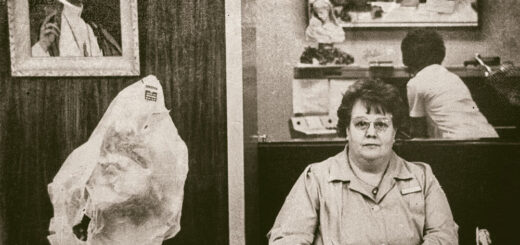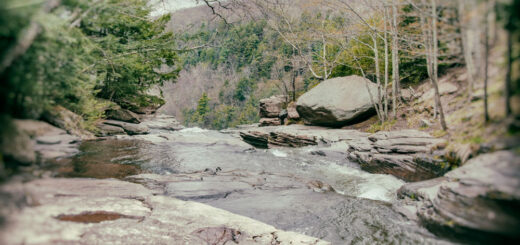Tweed Never Goes Out of Fashion
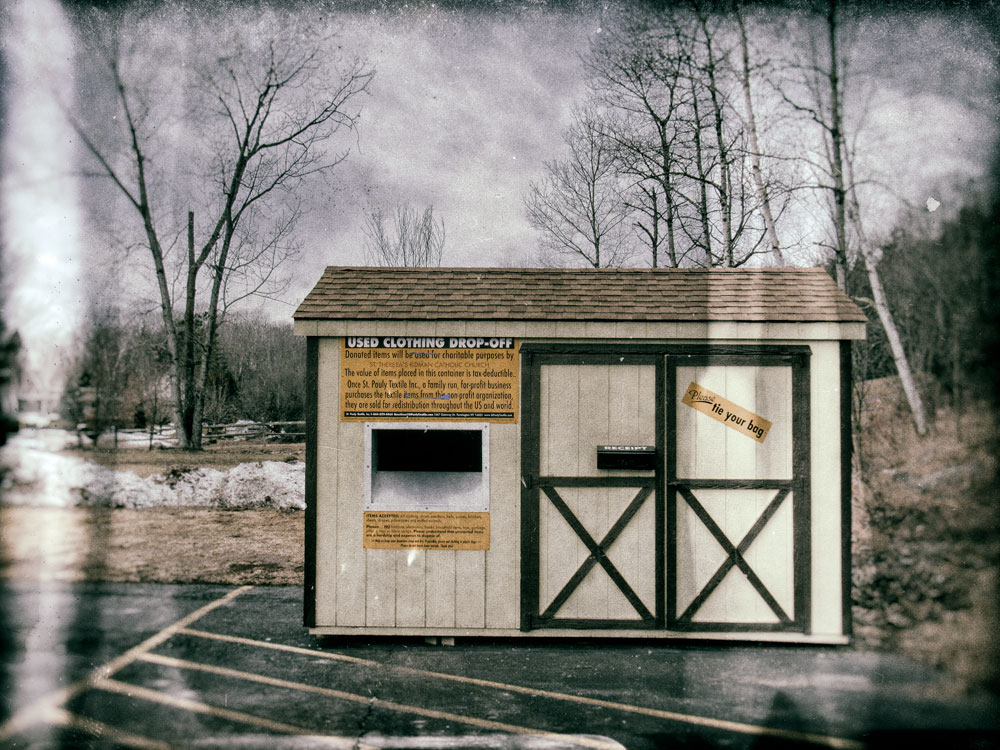 A fine Harris Tweed sports coat had been hanging in my closet for a long time. I bought it in the early nineties, back when I was living on the West Coast and my prospects for an academic career appeared bright. Never one to dress for success, I was in desperate need of sartorial counseling. A friend of mine—twenty-five years my senior—stepped up to the challenge. He took me to George J. Good, a venerable, high-end menswear shop on Bancroft Avenue in Berkeley, where he had been buying tailored suits for decades. I was thirty-four years old and had just returned from a summer of living out of my car and climbing the snow peaks of the Cascade Range.
A fine Harris Tweed sports coat had been hanging in my closet for a long time. I bought it in the early nineties, back when I was living on the West Coast and my prospects for an academic career appeared bright. Never one to dress for success, I was in desperate need of sartorial counseling. A friend of mine—twenty-five years my senior—stepped up to the challenge. He took me to George J. Good, a venerable, high-end menswear shop on Bancroft Avenue in Berkeley, where he had been buying tailored suits for decades. I was thirty-four years old and had just returned from a summer of living out of my car and climbing the snow peaks of the Cascade Range.
We walked into the worsted elegance of the shop and were greeted by a dapper, elderly gentleman in a blue seersucker suit. I told the man that I had an important interview coming up and needed a proper jacket. One look at my dirtbag t-shirt and dungarees told him that I was not used to buying, much less wearing, any kind of dresswear. “Tweed never goes out of fashion,” he explained, not unkindly.
He proceeded to fit me up with a fine Harris Tweed sports coat. Except for a few mountain parkas, this was the most expensive piece of clothing I had ever purchased.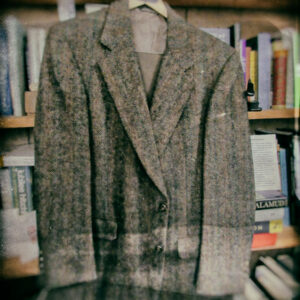
And it worked. I wore the sports coat to my interview and got hired. As my friends liked to gibe me, that was my first “real job.” From there I went on to work in academia for more than twenty years, mostly in the American West. Eventually the time came for me to try other things in life. I left academia but I took the tweed with me. I don’t know why. After that initial interview, I seldom wore it. I wasn’t cut out for that kind of classroom formality, so the sports coat stayed in the closet, where—as the old saying about unworn clothing goes—it wore itself out, though it always looked as bright and fresh as the day I bought it.
These days I am back home living in the misty Land of Rip Van Winkle. Around here they say, “The forest is the poor man’s overcoat.” Yesterday I cut down some ash trees that had been killed by the emerald ash-borer. I bucked wood for a couple hours, then piled brush for future burning. Next, I chopped out the ice that had built up around the house over the course of a long winter. After that I took a nap. In the evening I read a novel by John Updike, which is probably what got me to thinking about tweed and my fine old sports coat. I pulled it from the depths of the closet and tried it on. It still fit!
As I stood there gloating, the wooden hanger I had laid on a chair caught my eye. I picked it up. The label on it said, “George J. Good.” Oh dear. That venerable menswear shop in Berkeley is long gone. As is my friend who took me there. As are many others from my life, including my parents, whose clothes—dispossessed of their owners—I had gathered up and donated to Goodwill. One image in memory is particularly vivid: my wheeling a large cart laden with my father’s business suits into the donation center, where the clerk—a neatly-dressed older woman wearing pink, rhinestone cat-eye glasses—looked at the dark heap of my father’s suits, then scrutinized me, then looked again at the suits, and said, in a firm Southern accent: “This was a gentleman who knew how to dress.” Now as I stood in front of my closet, looking at that wooden hanger in my hands—the name “George J. Good” interjecting itself like the name on a tombstone—I knew it was time to disburden myself of the sports coat.
So this morning I drove down to the church my family used to attend when I was a kid. There’s a clothing donation box at the back of the parking lot. Before dispatching my seldom-worn sports coat into the devouring maw of the donation box, I regarded it one last time. It appeared that a great deal of life remains in those threads, and better days for them lie ahead.
The man was right: Tweed never goes out of fashion.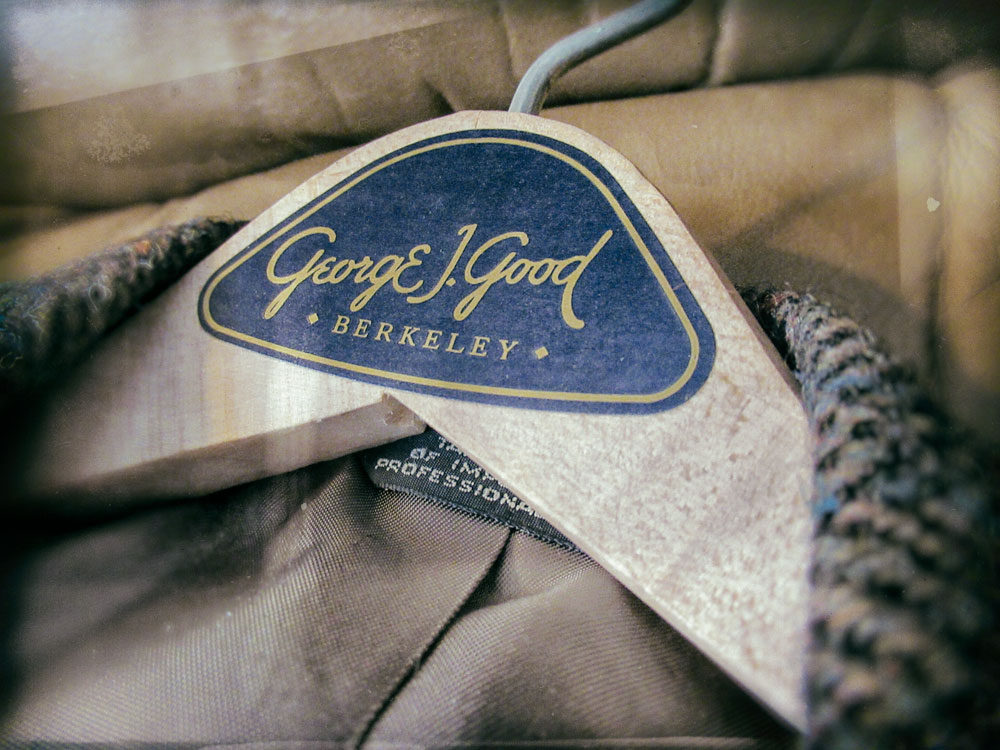
©John P. O’Grady
Originally appeared in The Mountain Eagle on March 19, 2021
